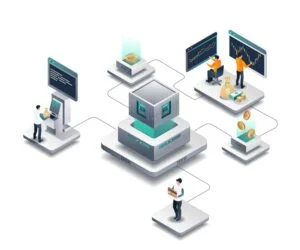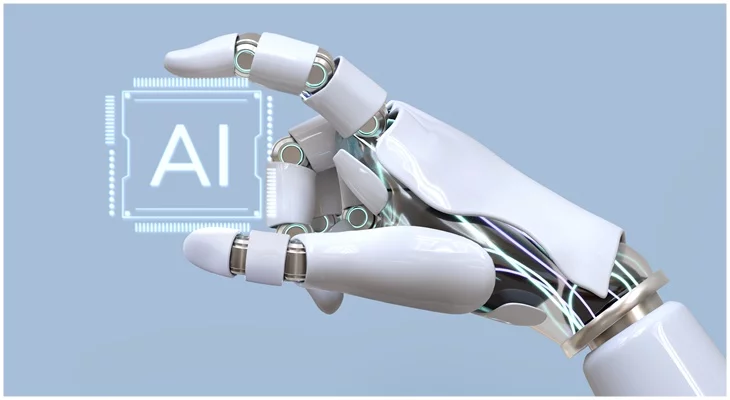Microservices have transformed application development by introducing a resilient and scalable framework. This architectural approach divides applications into a series of small, independent services, each of which can be deployed separately, allowing for rapid evolution and adaptability. It breaks applications into small, independent services that work together to form a cohesive system. Let's understand microservices in detail.
What are Microservices?
Microservices (or microservices architecture) is a software application or system building technique that review the design of single-function modules that have clear interfaces and operations. These modules or services are deployed and scaled separately. It means the development and maintenance processes can be more flexible and efficient. Each service is designed to perform a particular business function and the scaling, developing, and deployment process, which is performed independently.
Microservice is a small service that is distributed. In contrast to a monolithic application, where all the functions are connected in one large codebase, microservices are arranged in such a way that the application is separated into smaller, loosely connected services. Every service function as a mini application, which can be developed using various programming languages and frameworks. It is a way for you to split big applications into little manageable components with defined responsibilities.
For instance, as per experts says, in 2021, 45% of respondents using microservices reported significant benefits for development teams, including attracting talent and enhancing collaboration. However, they also noted challenges in keeping up with innovation and transforming monolithic applications.
Key Features of Microservices
- Modular Structure: Microservices break large monolithic applications into smaller, independent services, each handling a specific business function. Flexibility, simplification of development, and accessibility of maintenance are the additional carrots of this methodology.
- Independence: Every microservice executes a particular task which is the core business function. Imagine the various components of a system that can be developed, deployed, and updated independently without being a problem for the entire system.
- Scalability: With the help of microservices, the application can be scaled separately. In the event of a surge in demand for a certain service, it can be scaled up on its own without scaling the whole application along.
- Resilience: The case in point is microservice architecture failure of a microservice; the whole system is still up and running.
- Flexibility: It endorses various languages and frameworks for the system's components, i.e. polyglot programming. (also known as the use of multiple technologies for a given service) is one of the ways in which such flexibility is offered or allowed to users. It lets us pick the best instruments for each assignment.
- Continuous Development: Microservices were designed modularly which allows them to be continuously improved as each team can be different services at the update of the service they created. This agility enables the system to quickly respond to new demands and preferences of users.
Benefits of Microservices
- Faster Development: Microservices enable teams to divide tasks and work on different services simultaneously. This approach speeds up the overall development cycle.
- Easier Maintenance: Microservices divide the code into smaller, manageable parts, making it easier to find and fix issues. This leads to more efficient maintenance and debugging.
- Improved Deployment: Continuous integration and continuous deployment (CI/CD) pipelines can be developed easily using the microservice approach, which results in more frequent and reliable releases.
Challenges of microservices
- Complexity: The problem of service proliferation can be dealt with by introducing the complexity of managing the incursion of additional services. It is the strengthening of orchestration and coordination that guarantees that all the services are working in one accord.
- Data Management: It is hard to Preserve data integrity over several services. In this regard, event sourcing and two-phase commit are usually used, which are among the methods to mitigate the problem.
- Network Latency: Network services communication causes delay be service latency. This is not right, but here is why. Enforcing communication protocols and reducing network congestion can help mitigate this issue.
Summing Up!
Microservices are the perfect solution for the problem of the development and management of large-scale applications. Microservices are how a large-scale application can be developed and maintained successfully. Through this strategy, organizations can gain flexibility, scalability, and resilience by breaking down applications into smaller independent services.
But this method, as well, brings new challenges that are inevitable and require careful planning and execution. With the software development landscape being in constant change, microservices are sure to be a major influence in the future of application architecture.
Would you like to explore any specific aspect of microservices further? Visit us at KnowledgeNile!
You May Also Like:






